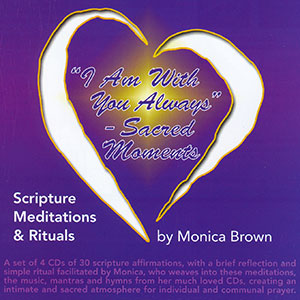

Rich’s men’s support group of 30 years gathered for a morning of stories of kayaking in Alaska and tales of salmon fishing, hiking and climbing in the North Cascades. Sharon found it all incredibly comforting. Our son Daniel arrived in the middle of the night to sit alone with the uncle who helped raise him. Here they could arrive individually or as family, whenever they wanted, stay as long or little as they could, bring photos or food or prayers or babies or guitars. Sharon thought that many friends wouldn’t have attended a funeral parlor for a restrained viewing in a limited time. Some talked to him one shared the beat of an ancient drum some read poems. his body was home.įor the next three days family and friends came by to see Rich. Sharon and her daughter washed and clothed the body. He gave Sharon information on keeping it cold with packs of dry ice and instructions to replace them every 12 to 18 hours. They put her in touch with A Sacred Moment, a local funeral home that is part of a national network reviving and supporting family-managed funerals.Ī “very kind” man, as Sharon put it, from the group took the body to the house in a van. He was 77.Īt the hospital’s ER, Sharon explained to two chaplains who sat with her that she wanted to bring Rich home. He developed sepsis, which can happen after chemo, and died the following day. A retired ophthalmologist, he had recently been diagnosed with prostate cancer and had his first chemotherapy treatment the week before. Sharon also had talked with a friend who, with the help of a local home funeral group, had kept her husband’s body at home for three days for visits and prayers. These included arrangements for green burials, where bodies in the ground decompose in compostable caskets.

Unlike us, they had talked and read about death, and attended a class on alternatives to standard funerals. Like most of us, Rich and Sharon hadn’t planned their funeral. The practice of dying at home and family caring for the dead remained common only in rural areas.
#Sacred moment funeral home professional
President Abraham Lincoln’s assassination, followed by the public display of his embalmed body, became a major moment in the national marketing of this new death trade.īy the 20th century, undertakers were elevated to a professional class of funeral directors, bodies were seen as a risk to public health and the false narrative spread that families no longer had the right to care for their own. Instead, there was embalming, mass-marketed coffins and transporting bodies long distances. But, as Civil War historian Drew Gilpin Faust writes in her book “This Republic of Suffering,” the huge numbers of young men dying in the war far from home overwhelmed the personal home funeral. With help from their church and community, family members would wash, display the body and dig the grave for their dead. It turns out to be an old American tradition.īefore the Civil War, funerals were a family affair.

Sharon was connecting to a movement that had arisen in the 1990s for families to take back responsibility from hired professionals for the caring and mourning of loved ones in the privacy of their homes. He remained there for the next three days clad in a favorite red plaid Pendleton shirt, jeans, moccasins and a much-worn woolen cap, On the second day, his wife, Sharon, put binoculars around his neck, a reminder of his many hours watching the snow geese, hawks, trumpeter swans and bald eagles surrounding his beloved farm. There it was wrapped in a Stewart tartan blanket (his family name) and placed on a table in a window alcove facing Mount Baker. Shortly after he passed, in the emergency room of a hospital in Washington state, his body came home. My wife’s brother Rich died the last week in February.


 0 kommentar(er)
0 kommentar(er)
